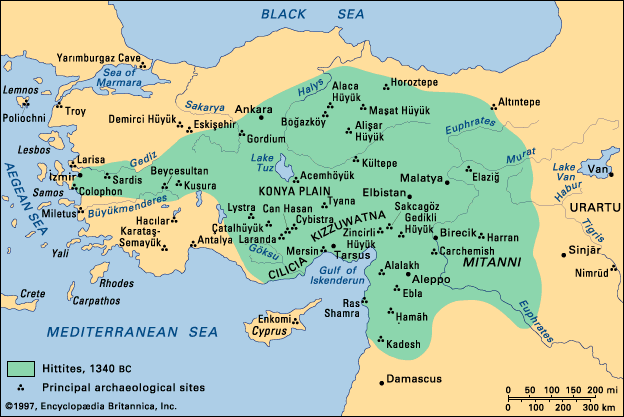Simon wrote:zan wrote:Simon wrote:zan wrote:Piratis wrote:Get Real! wrote:Piratis wrote:Get Real! wrote:I’ll tell you what Piratis, be my guest and prove that “Cyprus is Greek”!
Greek language, Greek religion, Greek culture and most importantly a Greek identity of the vast majority of the population, now and for 1000s of years. What more proof do you want?
Is that it? I buried all that ages ago...
http://www.cyprus-forum.com/viewtopic.php?t=23213
I replied to the thread you linked
GR, your arguments are quite shallow and very easy to defeat. It is obvious that your position is politically motivated and not based on historical facts.
So all people would have to do is learn to speak Greek don a funny fluffy skirt and pom pom shoes and eat souvla for Piratis to wave them through at customs.Or the would the Pirtis that we all know and "love" simply turn away the black ones

All people would have to do to become Turkish is invade and ethnically cleanse some territory and shoot some unarmed civilians whilst worshipping Ataturk. They would be straight through customs, black or white, right Zan? Oh, and they'd also need to call Kurds "Mountain Turks".
You missed the point so I won't comment on this drivel!!!!!
You missed my point, which is that you don't have a point.
I refer the honourable gentleman to the comments some moments ago....

















